
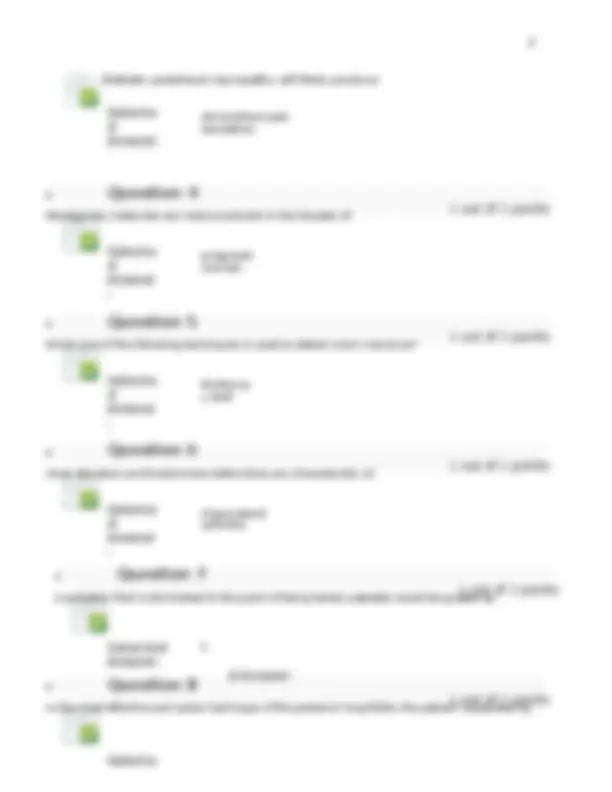

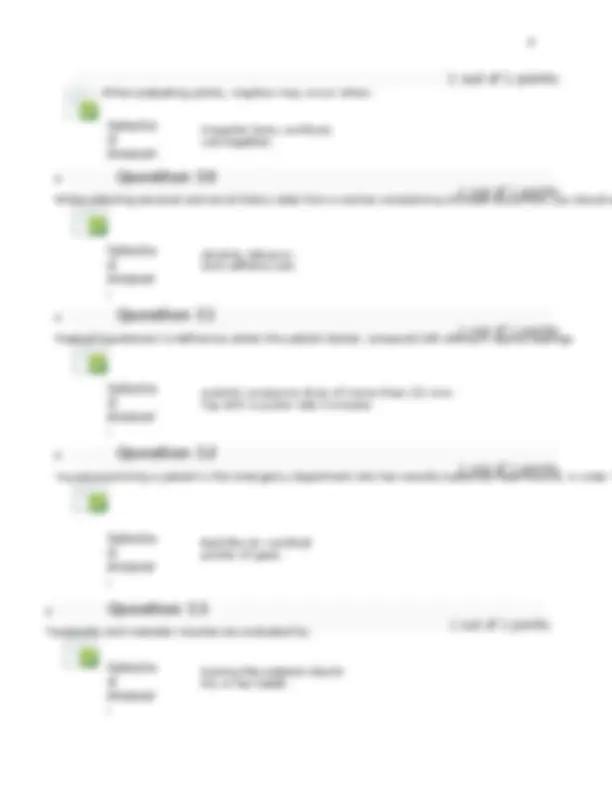

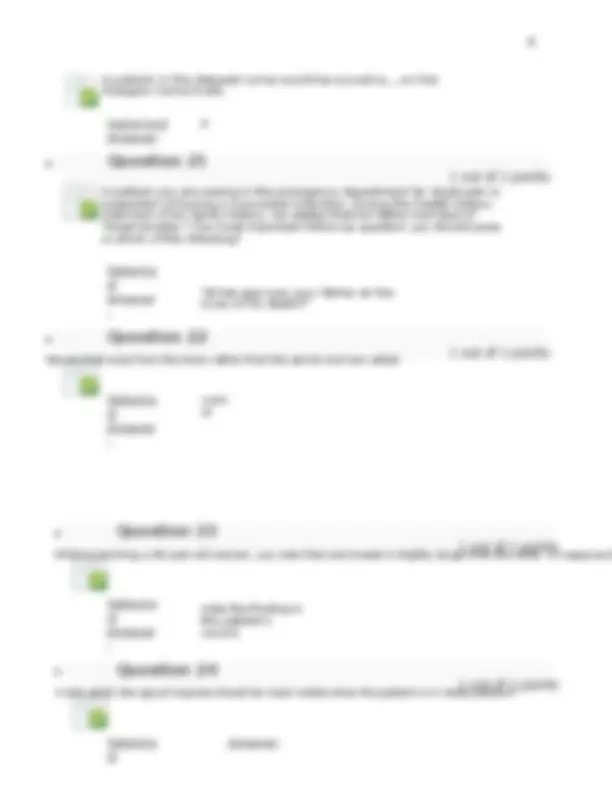

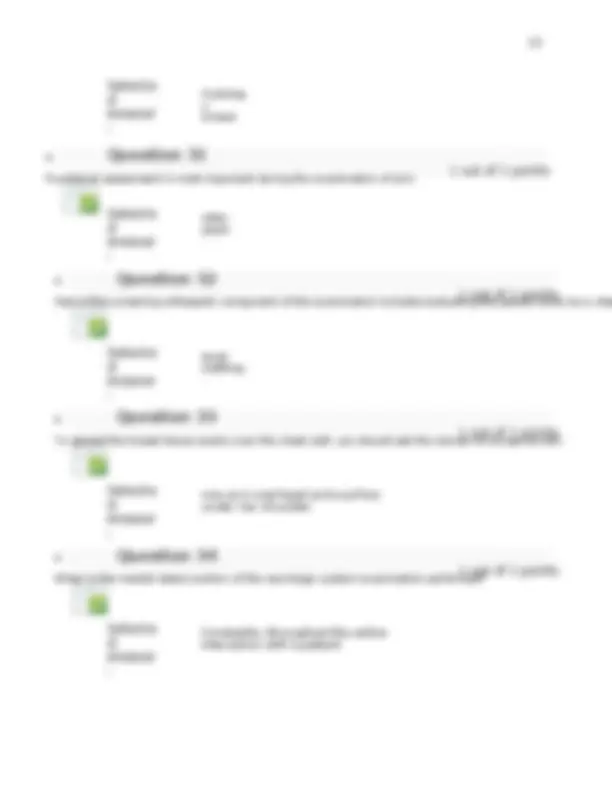

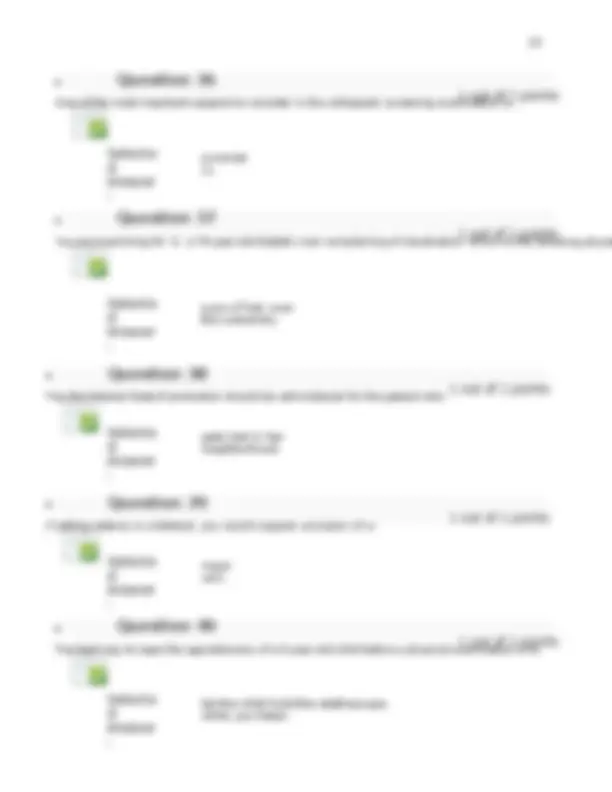

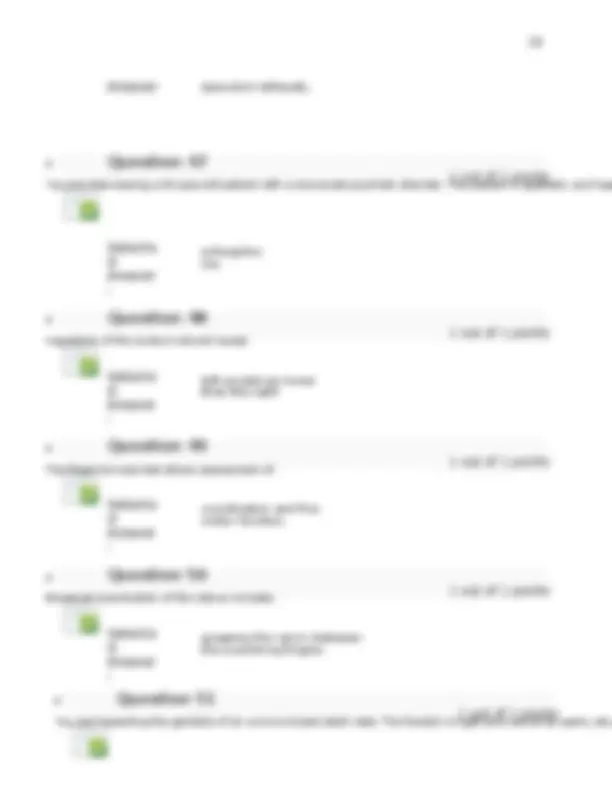

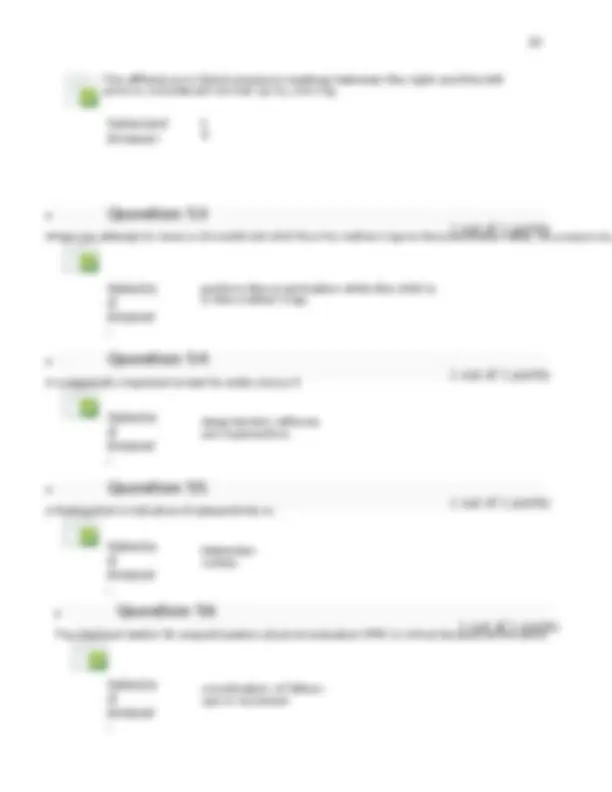

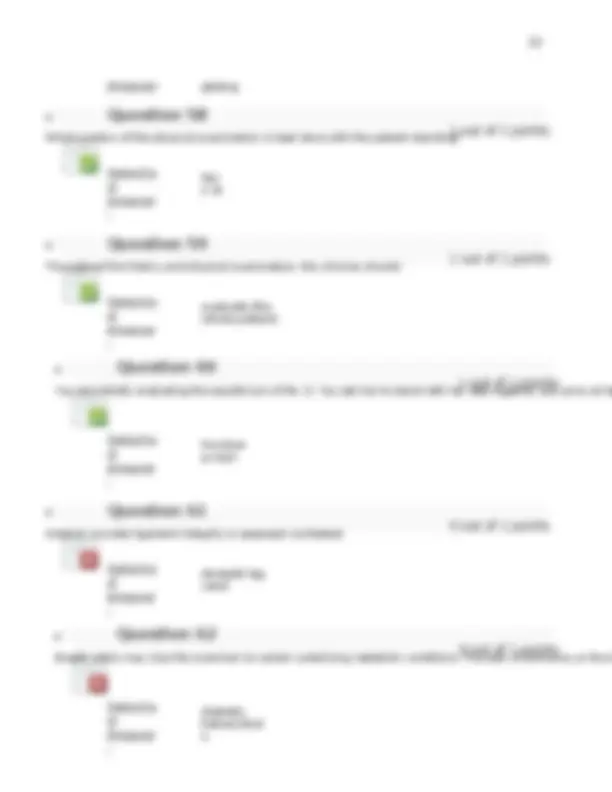

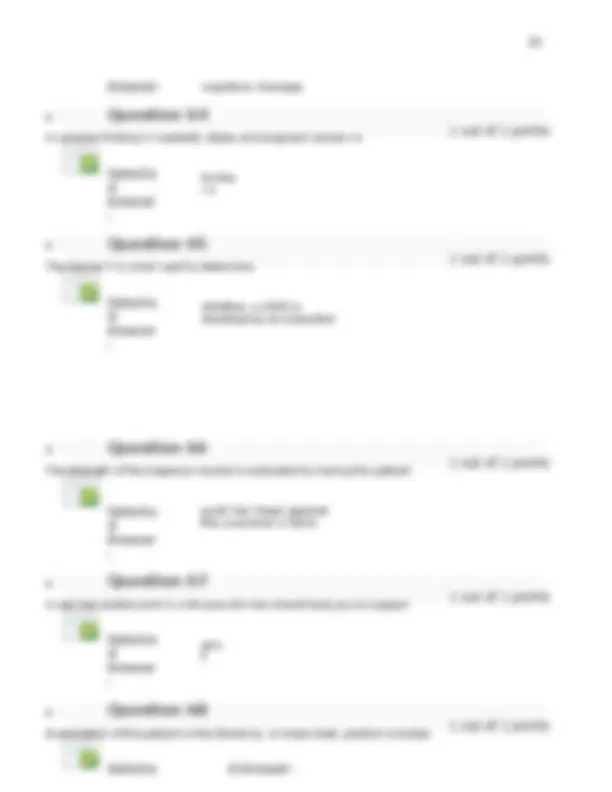

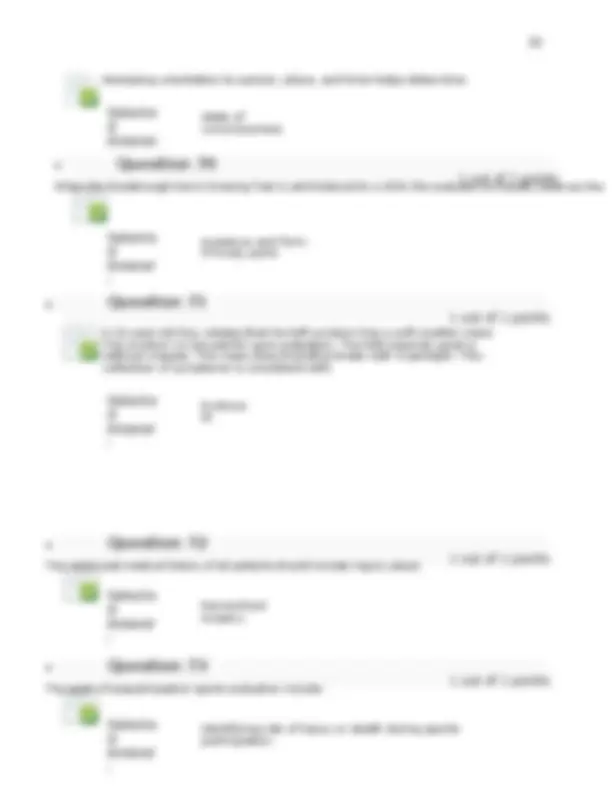

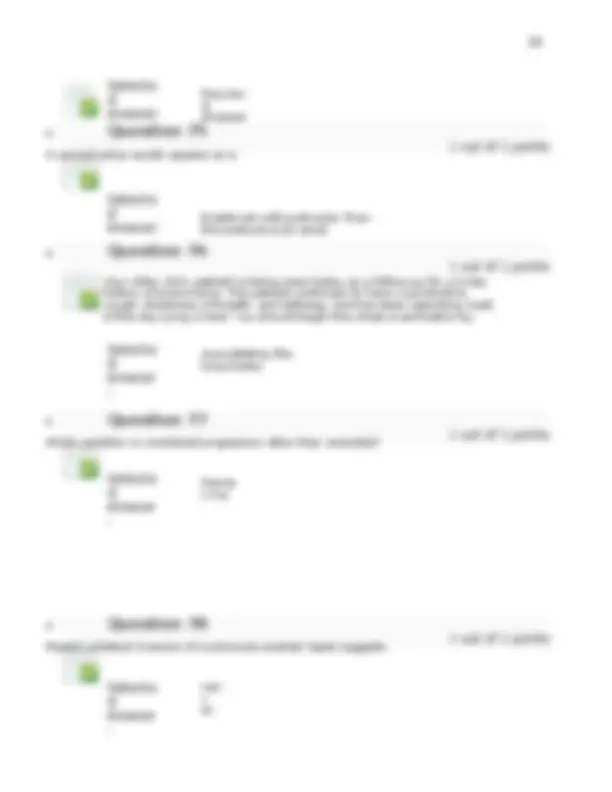

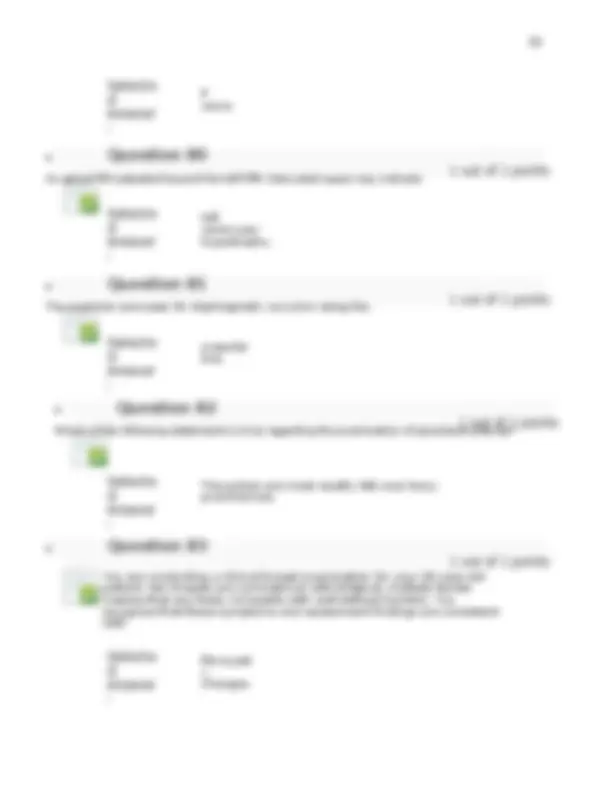

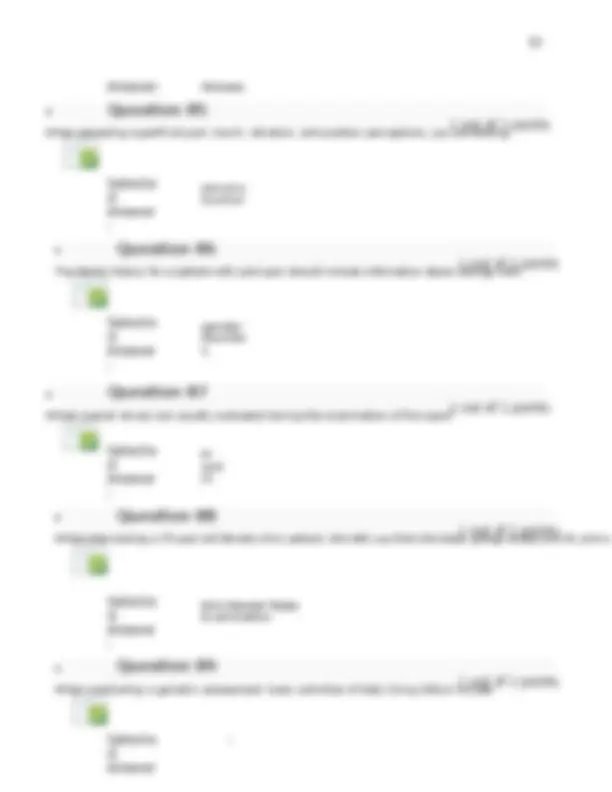

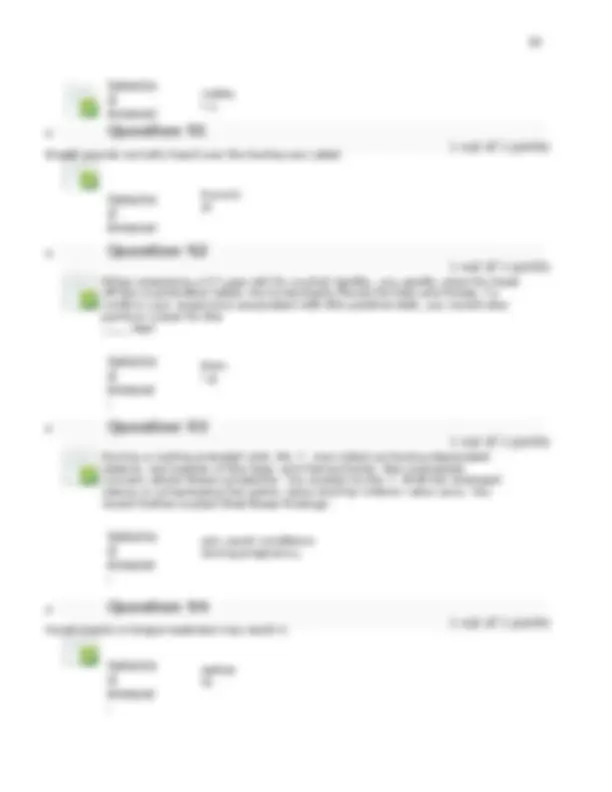

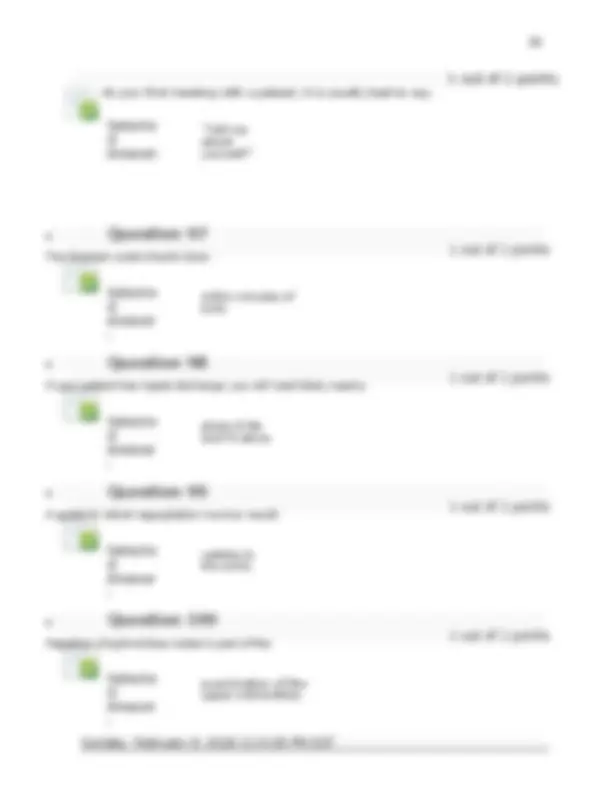


Study with the several resources on Docsity

Earn points by helping other students or get them with a premium plan


Prepare for your exams
Study with the several resources on Docsity

Earn points to download
Earn points by helping other students or get them with a premium plan
Community
Ask the community for help and clear up your study doubts
Discover the best universities in your country according to Docsity users
Free resources
Download our free guides on studying techniques, anxiety management strategies, and thesis advice from Docsity tutors
6512 Review Test Submission Final Exam Week 11.docx.docx 6512 Review Test Submission Final Exam Week 11.docx.docx 6512 Review Test Submission Final Exam Week 11.docx.docx 6512 Review Test Submission Final Exam Week 11.docx.docx 6512 Review Test Submission Final Exam Week 11.docx.docx 6512 Review Test Submission Final Exam Week 11.docx.docx 6512 Review Test Submission Final Exam Week 11.docx.docx 6512 Review Test Submission Final Exam Week 11.docx.docx 6512 Review Test Submission Final Exam Week 11.docx.docx 6512 Review Test Submission Final Exam Week 11.docx.docx 6512 Review Test Submission Final Exam Week 11.docx.docx 6512 Review Test Submission Final Exam Week 11.docx.docx 6512 Review Test Submission Final Exam Week 11.docx.docx
Typology: Exams
1 / 37

This page cannot be seen from the preview
Don't miss anything!






























During chest assessment, you note the patient's voice quality while auscultating the lung fields. The voice sou
you have completed the Exam.
lung consolidatio n.
As Mr. B. enters the room, you observe that his gait is wide based and he staggers from side to side while swa
cerebella r ataxia.
folding the arms in front.
- Question 9
- Question^10
While collecting personal and social history data from a woman complaining of breast discomfort, you should q
- Question^11
Postural hypotension is defined as awhen the patient stands, compared with sitting or supine readings.
- Question^12
You are examining a patient in the emergency department who has recently sustained head trauma. In order t
- Question^13
Temporalis and masseter muscles are evaluated by:
When palpating joints, crepitus may occur when:
irregular bony surfaces rub together.
alcohol, tobacco, and caffeine use.
systolic pressure drop of more than 15 mm Hg with a pulse rate increase
test the six cardinal points of gaze.
having the patient clench his or her teeth.
- Question^15
Cranial nerve XII may be assessed in an infant by:
- Question^16
The reliability of health-related findings and observations is the responsibility of the:
- Question^17
Normal changes of the aging brain include:
- Question^18
The adnexa of the uterus are composed of the:
- Question^19
For purposes of examination and communication of physical findings, the breast is divided into:
observing the infant suck and swallow.
professional and the patient.
diminished perception of touch.
fallopian tubes and ovaries.
- Question^20
f o ur quadrants plus a tail.
- Question^25
p rig ht
- Question^26
Tarry black stool should make you suspect:
- Question^27
To assess spinal levels L2, L3, and L4, which deep tendon reflex should be tested?
- Question^28
You are conducting an examination of Mr. Curtis’s heart and blood vessels and auscultate a grade III murmur.
- Question^29
To assess a cremasteric reflex, the examiner strokes the: A 23-year-old white woman has come to the clinic because she has missed two menstrual periods. She states that her breasts have enlarged and that her nipples have turned a darker color. Your further response to this finding is to:
suggest pregnancy testing.
upper intestinal bleeding.
Patel l ar
moderately loud.
inner thigh and observes whether the testicle and scrotum rise on the stroked side.
- Question^31
Functional assessment is most important during the examination of a(n):
- Question^32
Part of the screening orthopedic component of the examination includes evaluating the person while he or she
- Question^33
To spread the breast tissue evenly over the chest wall, you should ask the woman to lie supine with:
- Question^34
When is the mental status portion of the neurologic system examination performed?
Cytolog y smear
older adult .
duck walking .
one arm overhead and a pillow under her shoulder.
Constantly, throughout the entire interaction with a patient
- Question^35
If a patient cannot shrug the shoulders against resistance, which cranial nerve (CN) requires further evaluation
spinal accessory
- Question^42
Your patient’s chief complaint is repeated pencil-like stools. Further examination should include:
- Question^43
To hear diastolic heart sounds, you should ask patients to:
- Question^44
The spread of the impulse through the ventricles (ventricular depolarization) is depicted on the ECG as the:
- Question^45
Kawasaki disease is suspected when assessments of a child reveal:
Nancy Walker is a 16-year-old girl who presents to the clinic with complaints of severe, acute chest pain. Her mother reports that Nancy, apart from occasional colds, Nancy is not prone to respiratory problems. What potential risk factor is most important to assess with regards to Nancy’s current problem?
Cocaine use
digital rectal examination (DRE).
lie on their left sides.
complex.
conjunctival injection, strawberry tongue, and edema of the hands and feet.
- Question^47
You are interviewing a 20-year-old patient with a new-onset psychotic disorder. The patient is apathetic and has
- Question^48
Inspection of the scrotum should reveal:
- Question^49
The finger-to-nose test allows assessment of:
- Question^50
Bimanual examination of the uterus includes:
- Question^51
You are inspecting the genitalia of an uncircumcised adult male. The foreskin is tight and cannot be easily retra
schizophre nia.
left scrotal sac lower than the right.
coordination and fine motor function.
grasping the cervix between the examining fingers.
- Question^52
inquire about previous penile infections.